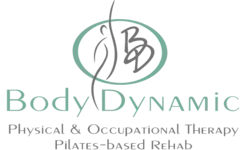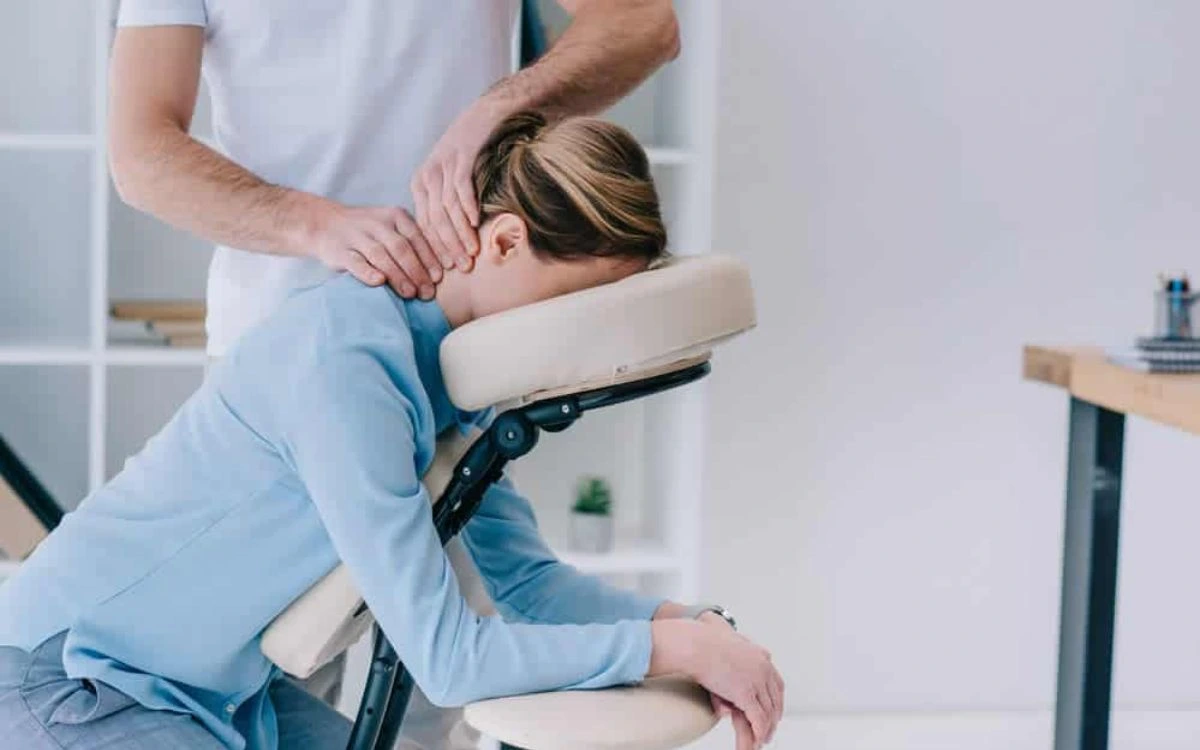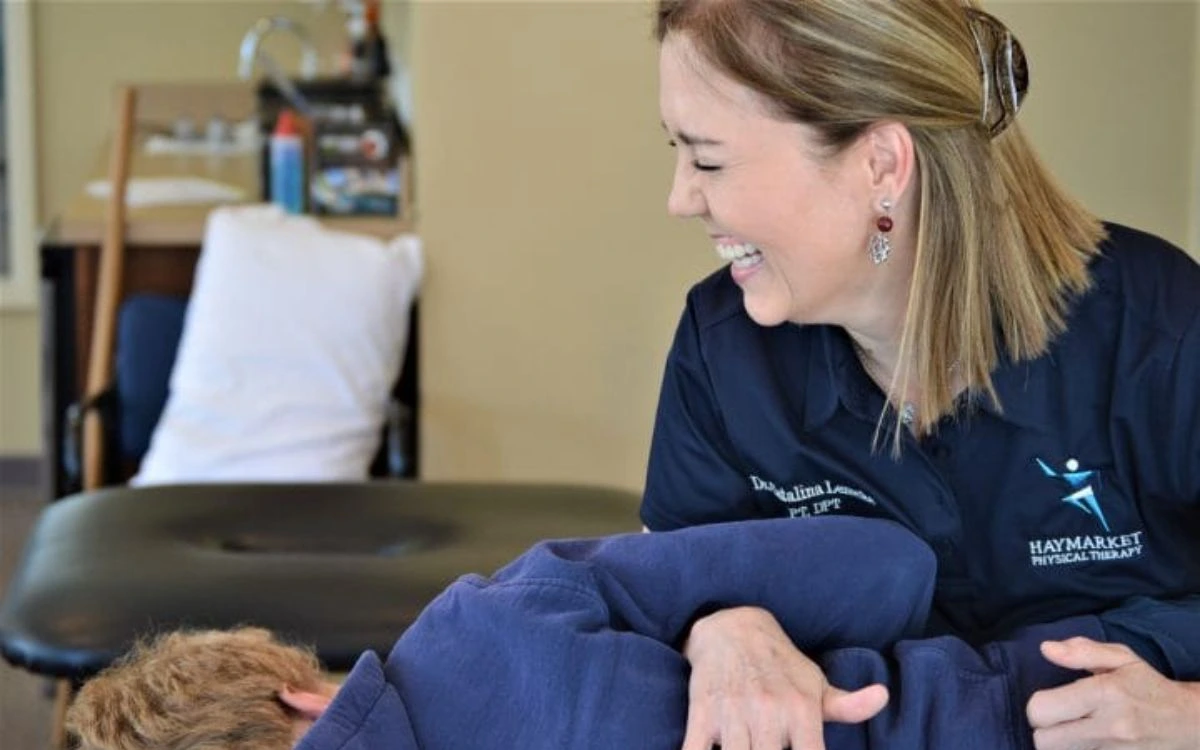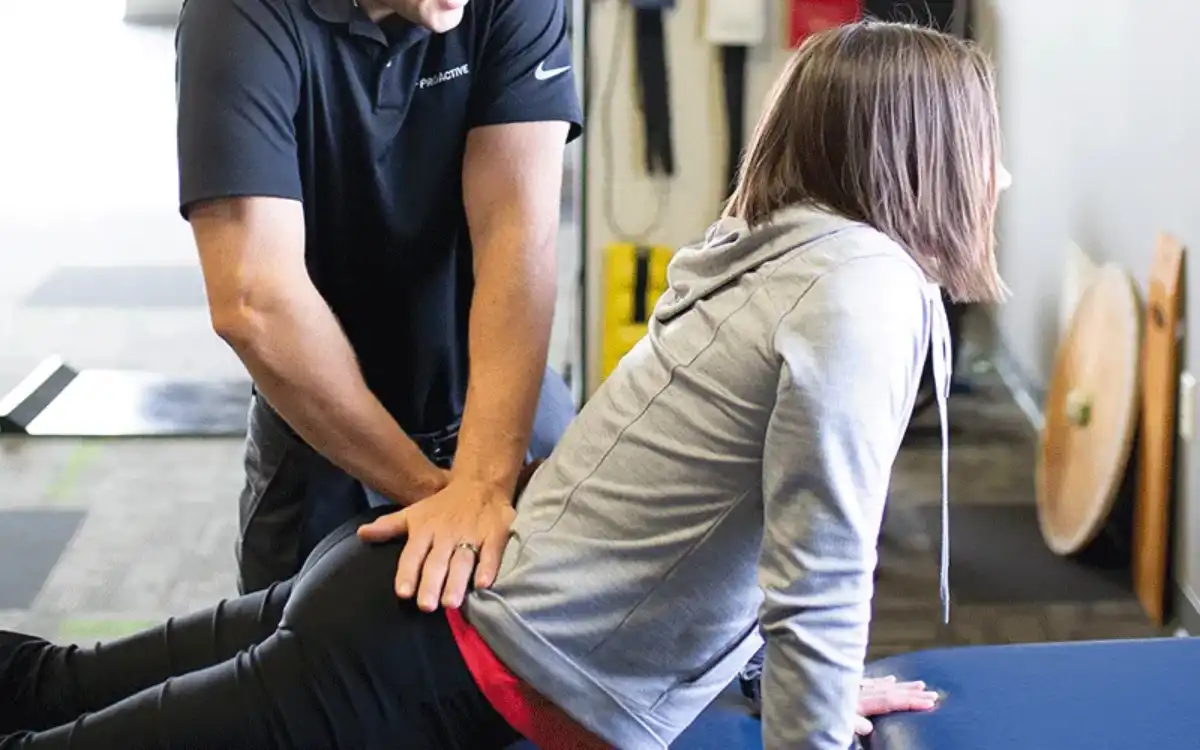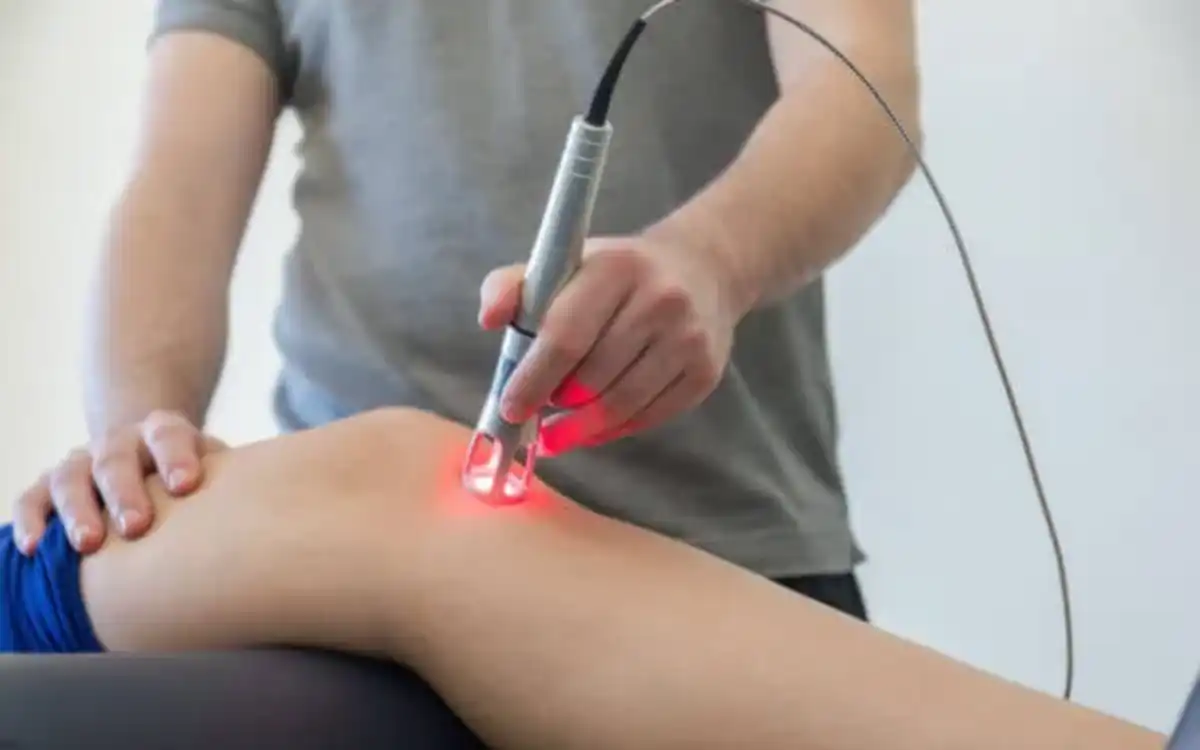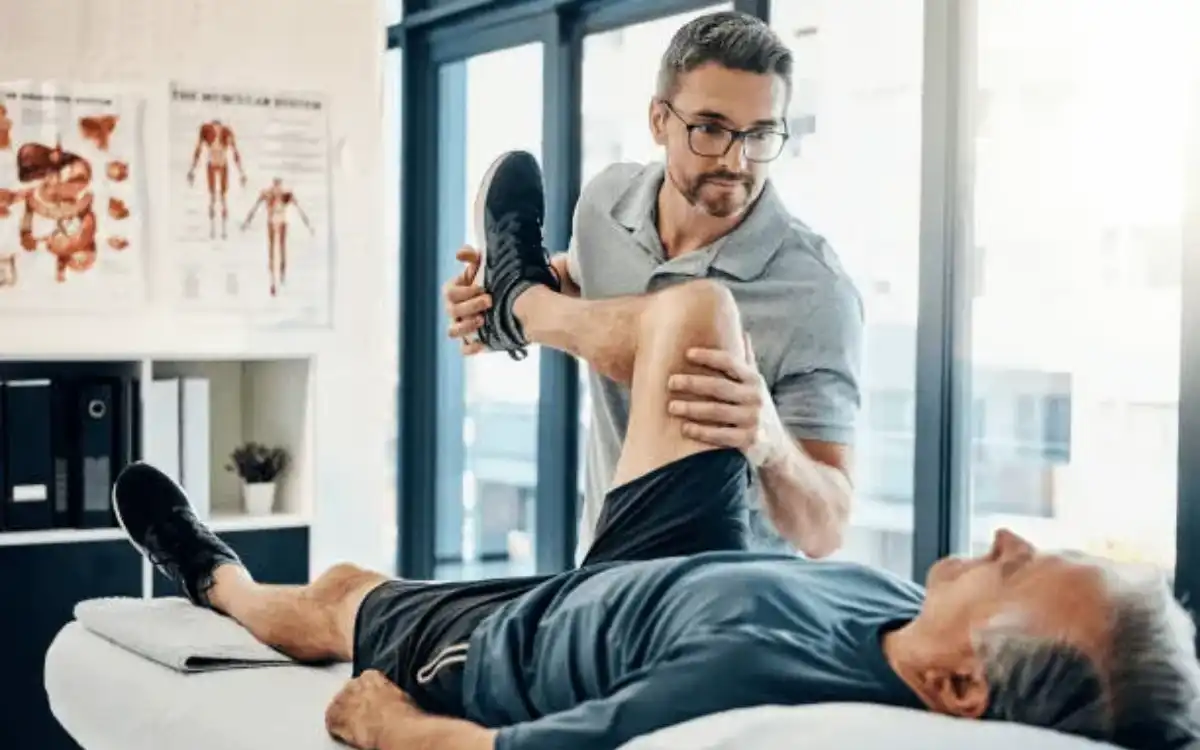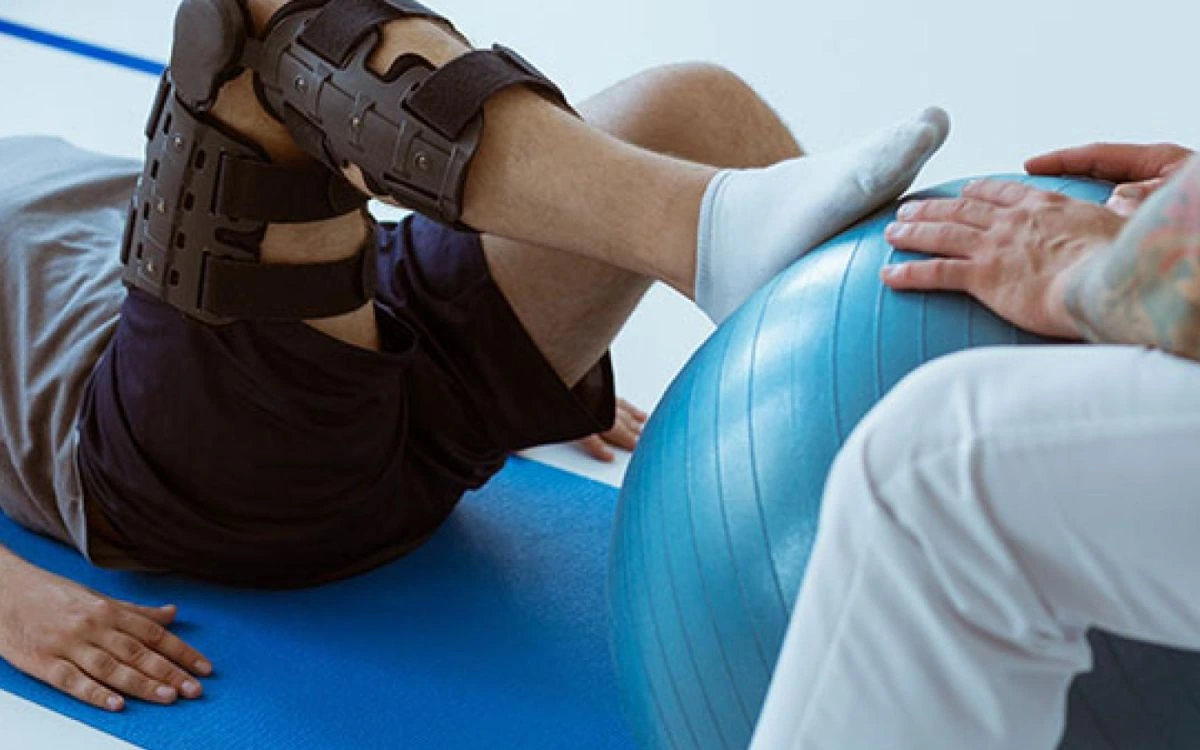OVERVIEW
Scoliosis
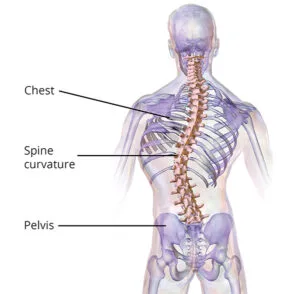
Scoliosis refers to a lateral curve of the spine. One curve (the “C” curve”) may be present, or two curves (the “S” curve). Scoliosis can be described as a lateral curve of a spine that is greater than 10 degrees. A mild form of scoliosis is one that has a curvature of 10-20 degrees. An intermediate scoliosis is between 20-40 degrees and a severe case of scoliosis is when the curvature exceeds 40 degrees.
Scoliosis affects approximately 2-3 million people. There is no cure. The majority of cases, or approximately 80%, are idiopathic. This means that there is no obvious cause. It can affect all ages and is equally common in males as well as females. Infantile scoliosis can affect children as young as birth. Children between the ages of 4 and puberty are affected by juvenile scoliosis, while adolescent and adult onset scoliosis can affect kids from puberty through adulthood. Patients with scoliosis in women are more likely to develop the disease.
You may feel pain, fatigue, or in extreme cases, difficulty breathing, digesting, and walking.
Bracing is used for moderate curves, and surgery for more severe ones. Although there is little medical literature to prove the effectiveness of exercise for correction/improvement of a scoliosis curve, physical therapists are your best choice if you are looking for a customized exercise program for your scoliosis. The recommended exercises can reduce pain, stretch tight muscle, and strengthen core spine/abdominal.
TREATMENT
Possible Treatments
GOALS
Possible Treatment Goals
- Improve Fitness
- Improve Function
- Optimize Joint Alignment
- Improve Muscle Strength and Power
- Improve Proprioception
- Improve Range of Motion
- Improve Relaxation
- Self-care of Symptoms
- Improve Safety
- Improve Tolerance for Prolonged Activities
